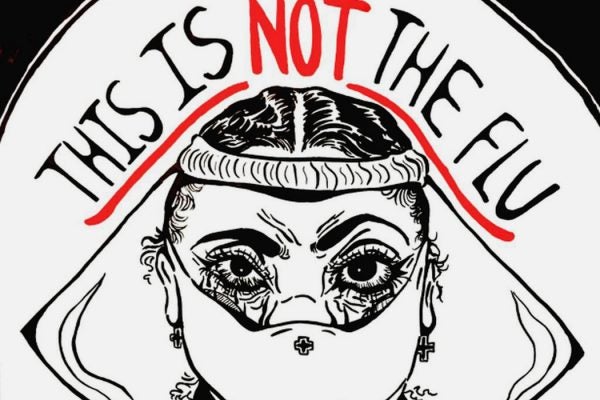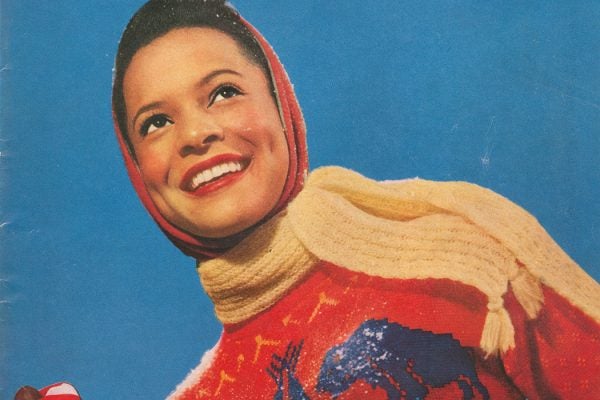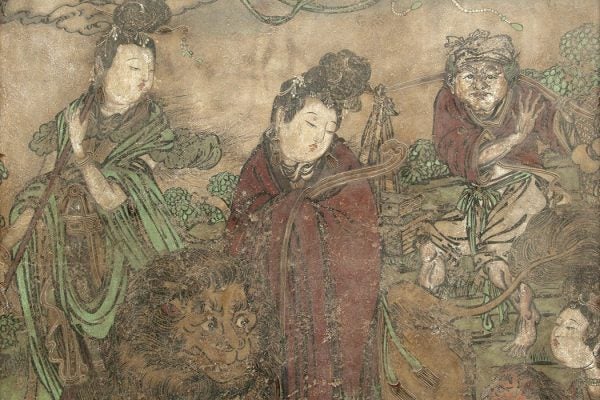The Origins of the Feminist Art Movement
Before the Guerrilla Girls, Women Artists in Revolution pressured institutions to include women artists, inspiring similar groups around the U.S.
How Kitchen Table Press Changed Publishing
Founded by and for women of color, the press issued such revolutionary works as This Bridge Called My Back.
The Women of Pop
In addition to bringing attention to overlooked artists, one scholar argues that art criticism has contributed to their obscurity.
How Octavia E. Butler Became a Legend
The early inspiration and experiences that shaped the visionary science fiction storyteller.
How Early Sci-Fi Authors Imagined Climate Change
A century before the modern “cli-fi” genre, many authors envisioned unsettling worlds shaped by man-made climate chaos.
Sick Party!
The party as site of contagion in Edgar Allan Poe, Evelyn Waugh, and Ling Ma.
The Life of Matilda Sissieretta Jones
Nearly forgotten today, Jones thrilled audiences with classical music performances at the end of the nineteenth century.
Preserving the History of Coronavirus in Queens
Curator Annie Tummino on the Queens College COVID-19 Collection.
Black Images and the Politics of Beauty
How Black-owned charm schools and modeling agencies challenged stereotypes of African American women after World War II.
Hair Embroidery as Women’s Buddhist Practice
In late imperial China, it was a devotional art using hairs plucked from devotees' own heads.









